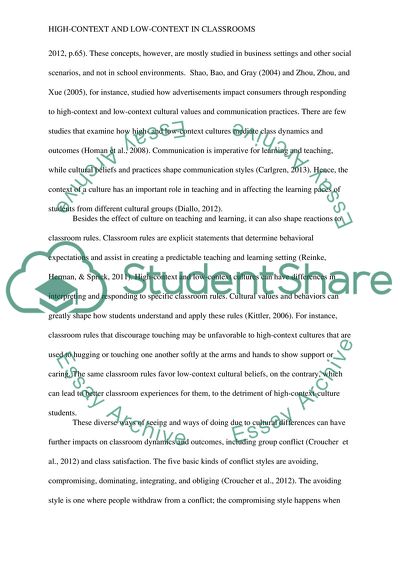Cite this document
(Students from High-Context and Low-Context Cultures Differ in Literature review Example | Topics and Well Written Essays - 4500 words, n.d.)
Students from High-Context and Low-Context Cultures Differ in Literature review Example | Topics and Well Written Essays - 4500 words. https://studentshare.org/education/1869829-literature-review-method-paper-assignment
Students from High-Context and Low-Context Cultures Differ in Literature review Example | Topics and Well Written Essays - 4500 words. https://studentshare.org/education/1869829-literature-review-method-paper-assignment
(Students from High-Context and Low-Context Cultures Differ in Literature Review Example | Topics and Well Written Essays - 4500 Words)
Students from High-Context and Low-Context Cultures Differ in Literature Review Example | Topics and Well Written Essays - 4500 Words. https://studentshare.org/education/1869829-literature-review-method-paper-assignment.
Students from High-Context and Low-Context Cultures Differ in Literature Review Example | Topics and Well Written Essays - 4500 Words. https://studentshare.org/education/1869829-literature-review-method-paper-assignment.
“Students from High-Context and Low-Context Cultures Differ in Literature Review Example | Topics and Well Written Essays - 4500 Words”. https://studentshare.org/education/1869829-literature-review-method-paper-assignment.


